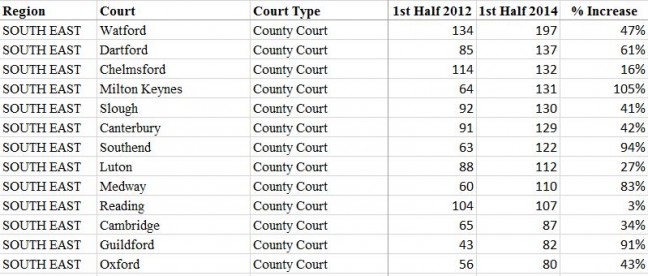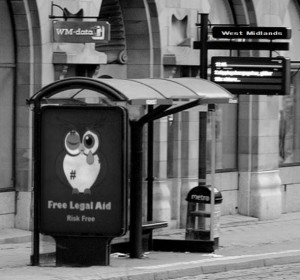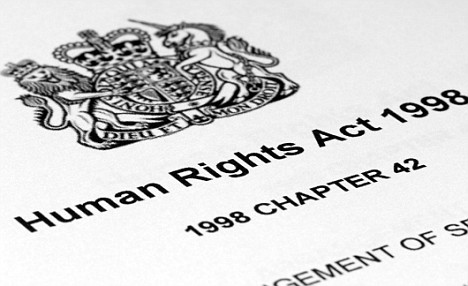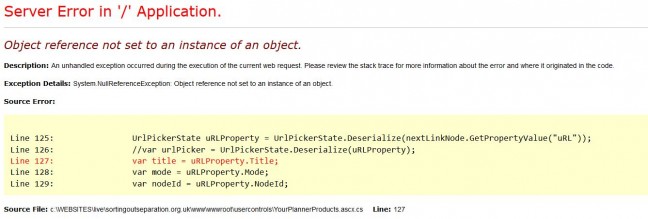Evidence is required to help secure legal aid funding for victims of domestic violence in private family proceedings. Interim changes are currently being introduced to regulations which relate to this evidence, pending a final decision by the Government (so there may be further changes). These interim regulations include:
- The time limit for the validity of evidence related to domestic violence being increased from two years to five years (changed on 25th April 2016);
- A new category, ‘Financial Abuse’ is added (changed on 25th April 2016);
- Violent offenders orders are included as an accepted form of evidence (changed on 25th April 2016);
- Female genital mutilation protection orders are included as an accepted form of evidence (being introduced on 16th May 2016).
Changes are introduced via regulation 2(2) and 3 of the Civil Legal Aid (Procedure) (Amendment) Regulations 2016 concerning evidence which must be provided to help secure civil legal aid funding where domestic violence is alleged. The wording for the new regulations are provided below:
(2) For the purpose of paragraph (1), the evidence of domestic violence or risk of domestic violence must be provided in one or more of the following forms—
(a) a relevant unspent conviction for a domestic violence offence;
(b) a relevant police caution for a domestic violence offence given within the sixty month period immediately preceding the date of the application for civil legal services;
(c) evidence of relevant criminal proceedings for a domestic violence offence which have not concluded;
(d) a relevant protective injunction which is in force or which was granted within the sixty month period immediately preceding the date of the application for civil legal services;
(e) an undertaking given in England and Wales under section 46 or 63E of the Family Law Act 1996(2) (or given in Scotland or Northern Ireland in place of a protective injunction)—
(i) by the individual (“B”) with whom the applicant for civil legal services (“A”) was in a family relationship giving rise to the need for the civil legal services which are the subject of the application; and
(ii) within the sixty month period immediately preceding the date of the application for civil legal services,
provided that a cross-undertaking was not given by A;
(ea) evidence that B is on relevant police bail for a domestic violence offence;
(eb) a relevant conviction for a domestic violence offence where B was convicted of that offence within the sixty month period immediately preceding the date of the application for civil legal services;
(f) a letter from any person who is a member of a multi-agency risk assessment conference confirming that—
(i) A was referred to the conference as a victim of domestic violence; and
(ii) the conference has, within the sixty month period immediately preceding the date of the application for civil legal services, put in place a plan to protect A from a risk of harm by B;
(g) a copy of a finding of fact, made in proceedings in the United Kingdom within the sixty month period immediately preceding the date of the application for civil legal services, that there has been domestic violence by B giving rise to a risk of harm to A;
(h) a letter or report from a health professional who has access to the medical records of A confirming that that professional, or another health professional—
(i) has examined A in person within the sixty month period immediately preceding the date of the application for civil legal service; and
(ii) was satisfied following that examination that A had injuries or a condition consistent with those of a victim of domestic violence;
(i) a letter from a social services department in England or Wales (or its equivalent in Scotland or Northern Ireland) confirming that, within the sixty month period immediately preceding the date of the application, A was assessed as being, or at risk of being, a victim of domestic violence by B (or a copy of that assessment);
(j) a letter or report from a domestic violence support organisation in the United Kingdom confirming—
(i) that within the sixty month period immediately preceding the date of the application for civil legal services, A had been accommodated in a refuge;
(ii) the dates on which A was admitted to and, where relevant, left the refuge; and
(iii) that A was admitted to the refuge because of allegations by A of domestic violence;
(k) a letter or report from a domestic violence support organisation in the United Kingdom confirming—
(i) that A was, within the sixty month period immediately preceding the date of the application for civil legal services, refused admission to a refuge, on account of there being insufficient accommodation available in the refuge; and
(ii) the date on which A was refused admission to the refuge;
(l) a letter or report from—
(i) the person to whom the referral described below was made;
(ii) the health professional who made the referral described below; or
(iii) a health professional who has access to the medical records of A,
confirming that there was, within the sixty month period immediately preceding the date of the application for civil legal services, a referral by a health professional of A to a person who provides specialist support or assistance for victims of, or those at risk of, domestic violence;
(m) a relevant domestic violence protection notice issued under section 24 of the Crime and Security Act 2010(3), or a relevant domestic violence protection order made under section 28 of that Act, against B within the sixty month period immediately preceding the date of the application for civil legal services;
(n) evidence of a relevant court order binding over B in connection with a domestic violence offence, which is in force or which was granted within the sixty month period immediately preceding the date of application for civil legal services;
(o) evidence which the Director is satisfied demonstrates that A has been, or is at risk of being, the victim of domestic violence by B in the form of abuse which relates to financial matters, where that evidence dates within the sixty month period immediately preceding the date of, or is dated on the date of, the application for civil legal services.”.
(3) In regulation 33(3) (definitions)(4), in the definition of “protective injunction”, after sub-paragraph (i) insert—
“(j) a female genital mutilation protection order under paragraph 1 or 18 of Schedule 2 to the Female Genital Mutilation Act 2003(5);
(k) a violent offender order within the meaning of section 98 of the Criminal Justice and Immigration Act 2008(6);”.








